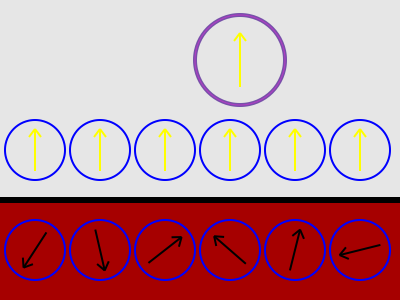Modeling Morality: The End of Time
Modeling Morality presented six views of how morality is typically imagined to work. For the most part, I wanted the diagrams to speak for themselves. The intent was not to argue for or against any particular model, but to provide a framework for future explorations. However, I did provide reasons for why model #6 should be preferred to model #4, because in my experience most Christians tend to think model #4 accurately represents the Biblical view. I noted that model #4 “is not suitable for this phase of history.”
Since I hinted at a change of models, I need to present what I think the model will be when God’s kingdom is fully come:
I think Lewis, and model #7, both accurately reflect the Biblical view of the eternal state.
Since I hinted at a change of models, I need to present what I think the model will be when God’s kingdom is fully come:

Model #7
The dashed line in model #6 disappears, reminiscent of Revelation 21:1, where St. John wrote, “Then I saw a new heaven and a new earth; for the first heaven and the first earth had passed away, and the sea was no more.” The sea, of course, does not refer to a literal body of water, but the “sea of glass, like crystal” that separates the throne of God in heaven from earth [Rev 4:6].
The thick black line in model #7 represents the “great chasm” of Luke 16:26. Below the line are those who have clung to their will. As C. S. Lewis wrote in The Great Divorce:
There are only two kinds of people in the end: those who say to God, “Thy will be done,” and those to whom God says, in the end, “Thy will be done.”
I think Lewis, and model #7, both accurately reflect the Biblical view of the eternal state.

